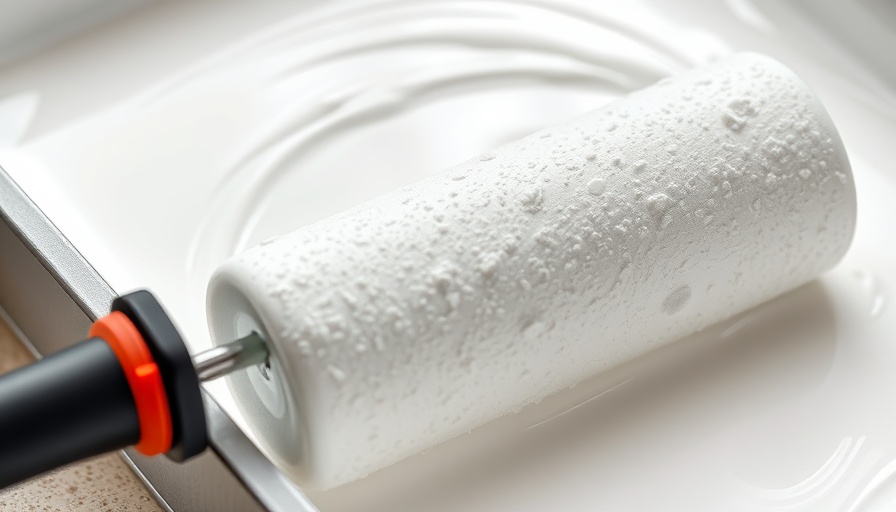
Understanding the Underlying Causes of Basement Moisture
Before diving into solutions to eliminate moisture in your basement for good, it’s crucial to understand where that moisture comes from. Two main culprits usually lie at the root of moisture problems: internal humidity and external water intrusion. Internal humidity can arise from everyday activities like cooking and bathing, especially if moisture-laden air accumulates without proper ventilation. On the other hand, external factors — such as rain, melting snow, or rising groundwater — can infiltrate your basement through cracks and porous walls.
To diagnose the problem, a simple test involves taping a piece of aluminum foil to the basement wall. After a couple of days, investigate the moisture levels. If the outside surface feels damp, high humidity is the culprit; if it’s moist on the inside section, that indicates that water is seeping through the wall.
Practical Strategies to Combat Basement Moisture
Once you pinpoint the sources of moisture, you can implement targeted solutions. Here are some effective strategies:
1. Install Proper Insulation
Insulation is a foundational strategy to keep moisture at bay. Insulate exposed pipes to prevent condensation, which can contribute to water problems. Additionally, insulating exterior walls retards condensation. Remember to avoid insulation if you're dealing with water infiltration; this might cause mold growth, leading to further complications down the line.
2. Enhance Indoor Humidity Control
Lower indoor humidity levels to reduce moisture buildup. You can do this by sealing leaky dryer vents and ensuring proper ventilation in bathrooms. Consider installing a dehumidifier to maintain humidity levels below 50%. When running humid appliances, ensure that exhaust fans are turned on and windows remain closed in humid weather.
3. Redirect Water Away From Your Foundation
The landscaping surrounding your home plays a critical role in moisture control. Establish a slope that directs water away from the foundation. Modify gardens and lawns to form channels that redirect runoff effectively. Installing gutters and ensuring downspouts extend at least four feet from your foundation can significantly reduce the risk of flooding.
4. Regular Maintenance
Routine checks and maintenance are essential to prevent water troubles. Regularly clean gutters and inspect for cracks around windows and doors. Repairing these seals helps inhibit moisture entry. It’s also advisable to conduct seasonal checks for mold growth and ensure proper drainage across your basement.
Long-term Solutions for Persistent Moisture Issues
For those facing recurring moisture problems, it may be time to consider more extensive solutions:
5. Invest in a Sump Pump
A sump pump helps manage groundwater and prevent flooding. By installing a sump pump system that efficiently removes water from a pit, you can keep your basement dry even during heavy rains or snow melts. Ensure the pump has a battery backup to remain functional in power outages.
6. Professional Waterproofing
In cases of severe moisture intrusion, enlisting professional waterproofing services may be necessary. These specialists can perform a comprehensive assessment and provide tailored solutions, whether it's installing an interior drainage system or applying waterproof coatings on walls. While this option may be costly, it often saves homeowners significant money on repairs in the long run.
Taking Action
Maintaining a moisture-free basement not only protects your home’s structural integrity but also contributes to your family's health. Mold spores and humidity can exacerbate allergies and respiratory issues, making it essential to address moisture problems promptly.
As you embark on your basement moisture management journey, we encourage you to apply these strategies. Whether you take a DIY approach or opt for professional assistance, being proactive is your best bet against potential hassle down the line.
 Add Row
Add Row  Add
Add 






Write A Comment